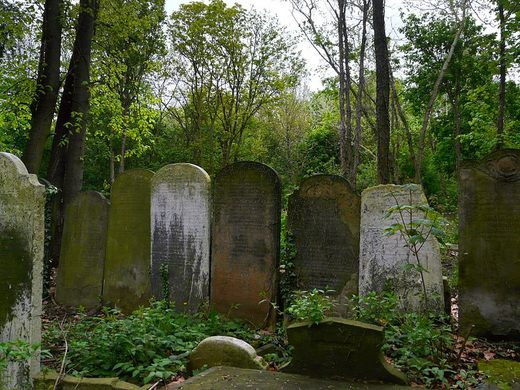Tower Hamlets Cemetery Park
Highlights
Restored Victorian cemetery and local nature reserve with urban woodland, bats and butterflies.
Restored Victorian cemetery and local nature reserve with urban woodland, bats and butterflies.
"Depending on the time of day you visit, the Cemetery Park can be a spectacularly peaceful place… or, rather expectedly, eery. Opened in 1841, burials stopped here in 1966 and ever since the site has existed as a nature reserve open to the public year round. In the summer Shuffle Festival takes place in the park, erecting temporary tree houses, cinema screens and pop up bars and restaurants. Thanks to the festival's success, the park lodge is being restored as a new permanent community space." - Adam Johnson
"Built as one of London’s “Magnificent Seven” Victorian-era park-cemeteries, Tower Hamlets Cemetery opened in 1841 on 27 acres to accommodate burials of all denominations, opening in 1841 and closing for burials in 1966 Comprised of Kensal Green, Highgate, West Norwood, Abney Park, Nunhead, Brompton, and Tower Hamlets cemeteries, the Magnificent Seven were created in 1832 as part of an effort to move burials out of the City of London in response to the twin pressures of health concerns about overcrowded churchyard cemeteries and desires for buildable land in the rapidly expanding city. Tower Hamlets quickly became a popular place to spend eternity, with an estimated 247,000 burials by 1885, and stories of mass graves dug forty feet deep. Like many of the city’s great cemeteries, over the course of decades, it fell into a state of neglect and disrepair. Adding to the problems, the site was bombed during WWII – shrapnel damage can still be seen. After many years of uncertainty, the park was declared a Nature Reserve in 2000, and now serves as an open-air nature classroom for local students. An immersive app called Let’s Get Lost is a site-specific sonic artwork created for the cemetery. It allows visitors to wander around, walking in and out of sounds and stories that are triggered using GPS. Some notable people from history who were buried here include Dr. Rees Ralph Llewellyn (the surgeon who performed the autopsies on the victims of “Jack the Ripper”), Clara Grant (an educator and social reformer), and Charles Jamroch (a Victorian animal collector)." - ATLAS_OBSCURA

Mark Isherwood
Henry Schuster
Simon McMahon
Caz B
Steph D
Aaron Ghastkill
R Smith
Elizabeth Abdelkereem

Caroline L.

Anita S.

Qype User (trinal…)

Minh C.